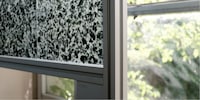
Background information
Can you guess what kind of e-waste went into this tile collection?
by Pia Seidel

Randy Looser, an industrial design graduate, has tested LEC film in a variety of ways. A light source that has hardly been used before. The designer wants to show what can be done with it in the future.
A few weeks ago, I discovered the "LEC" light source for the first time at the Zurich University of the Arts. Industrial designer Randy Looser exhibited two products showing how the LEC - Light-emitting Electrochemical Cell - can be used. During a meeting, he briefly explains to me what the "light source of the future" is all about.
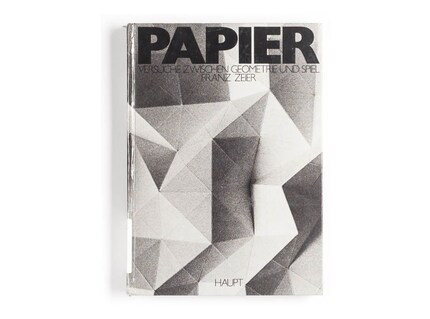
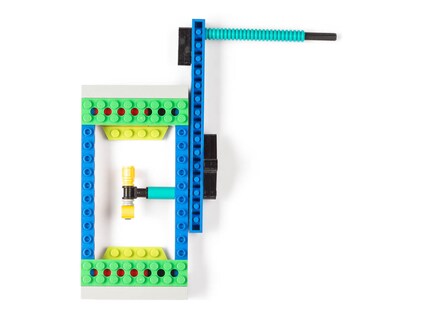
"New products only make sense if new materials are used," says Randy. That's why he devoted his bachelor's thesis to the LEC material, which is still little used today. Similar to OLED, this is a thin-film electronic component that can generate diffuse light in conjunction with an electrical voltage. As LEC comes in the form of a film, the designer has found a solution to make it a stable construction.
In his documentation, he shows me how deeply he has immersed himself in the subject and researched the material. Using paper and various folding techniques, he tested how to transform LEC film into a 3D object. In the process, structures reminiscent of origami were created. I'm also amazed when he shows me how he combines LEC with other materials: in the process, he even uses LEGO bricks.
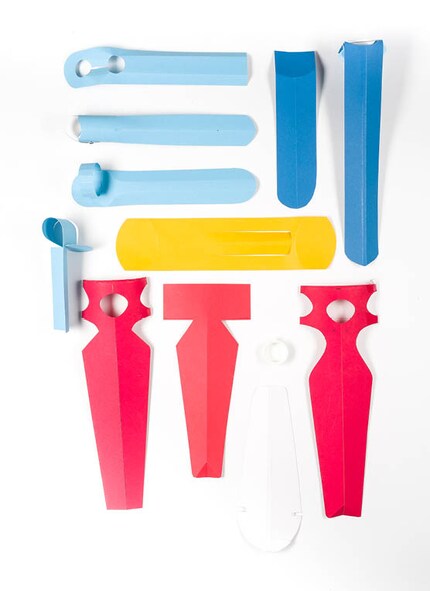
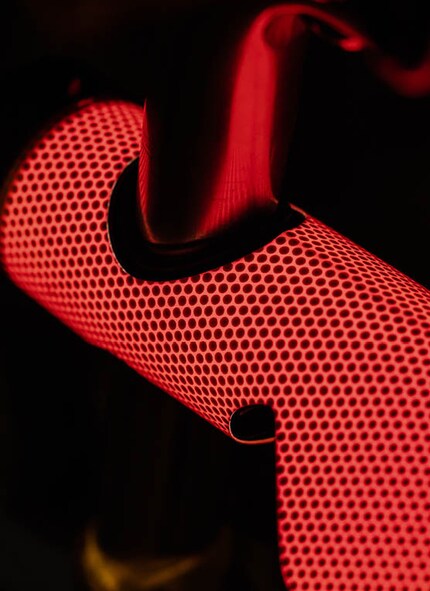
The first product shows how LEC film can make cyclists more visible in road traffic. It's a mix between a bicycle lighting and a mudguard and can be produced in white or red. It can therefore be used as a front or rear light. The voltage range is from three to six volts. Using a battery or dynamo, it can provide between 5,000 and 8,000 hours of light. With 24-hour use, that's around 208 days. With regular use of around two hours a day, the light source would operate for more than 6 years.
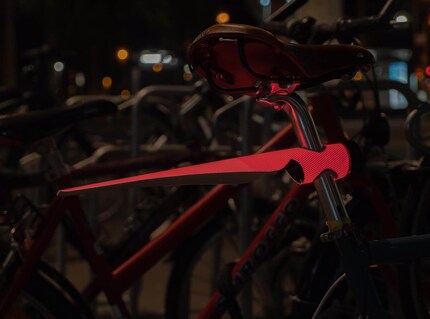
The main advantage of this safety light is that, unlike most bike lights, it not only shines forward and backwards, but also to the sides thanks to its large surface area. If the light isn't on, or if the battery is flat, it also acts as a reflector. It has a grid of dots on the surface of the mudguard. This is reflective and makes the bike visible from all sides. For other concepts, the film can also be installed directly on the bike. For example, LEC film can be fixed around the handlebars to create a suitable headlight.


The second product is dedicated to building sites. Because Randy once worked as an electrician on a construction site at the age of 15, he redesigned the site lights. Unlike outdated models, his prototype is foldable. The two product ideas show that the new light source can be used in a variety of ways. I'm curious to see where the LEC will soon be lighting our way and which of his ideas Randy will implement.
Photos: Randy Looser
No longer miss my articles on design news by subscribing to my author profile.
Like a cheerleader, I love celebrating good design and bringing you closer to everything furniture- and interior design- related. I regularly curate simple yet sophisticated interior ideas, report on trends and interview creative minds about their work.
Interesting facts about products, behind-the-scenes looks at manufacturers and deep-dives on interesting people.
Show all
Background information
by Pia Seidel
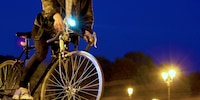
Guide
by Martin Jungfer

Background information
by Siri Schubert